-
Performance
-
Value (Game Pass)
-
Storage
There’s always a bit of an argument between Sony and Microsoft fanboys when it comes to who has the best console. Last generation, it was the Sony PlayStation 4. This gen, Microsoft’s hoping its Xbox Series X will take the crown for ‘most powerful console on the planet’. And, on paper, that’s exactly what Microsoft is fielding.
Redmond has been bragging about its new console’s frame rates, SSD speeds and its teraflop count but that’s not all the company has at its disposal. The meaty console is an excellent bit of hardware, but it’s the attendant ecosystem that Microsoft hopes will attract players. A Game Pass Ultimate subscription and an internet connection mean that your console is fully fixed for games for the foreseeable future.
The Series X is certainly the most powerful Xbox ever made (until the next gen) and it is packed with tech, is quieter than it has any right to be and claims to be able to make almost every Xbox game ever made look better than ever before. It’s just a pity that there was no major first-party launch title accompanying the console.
Finding the monolith
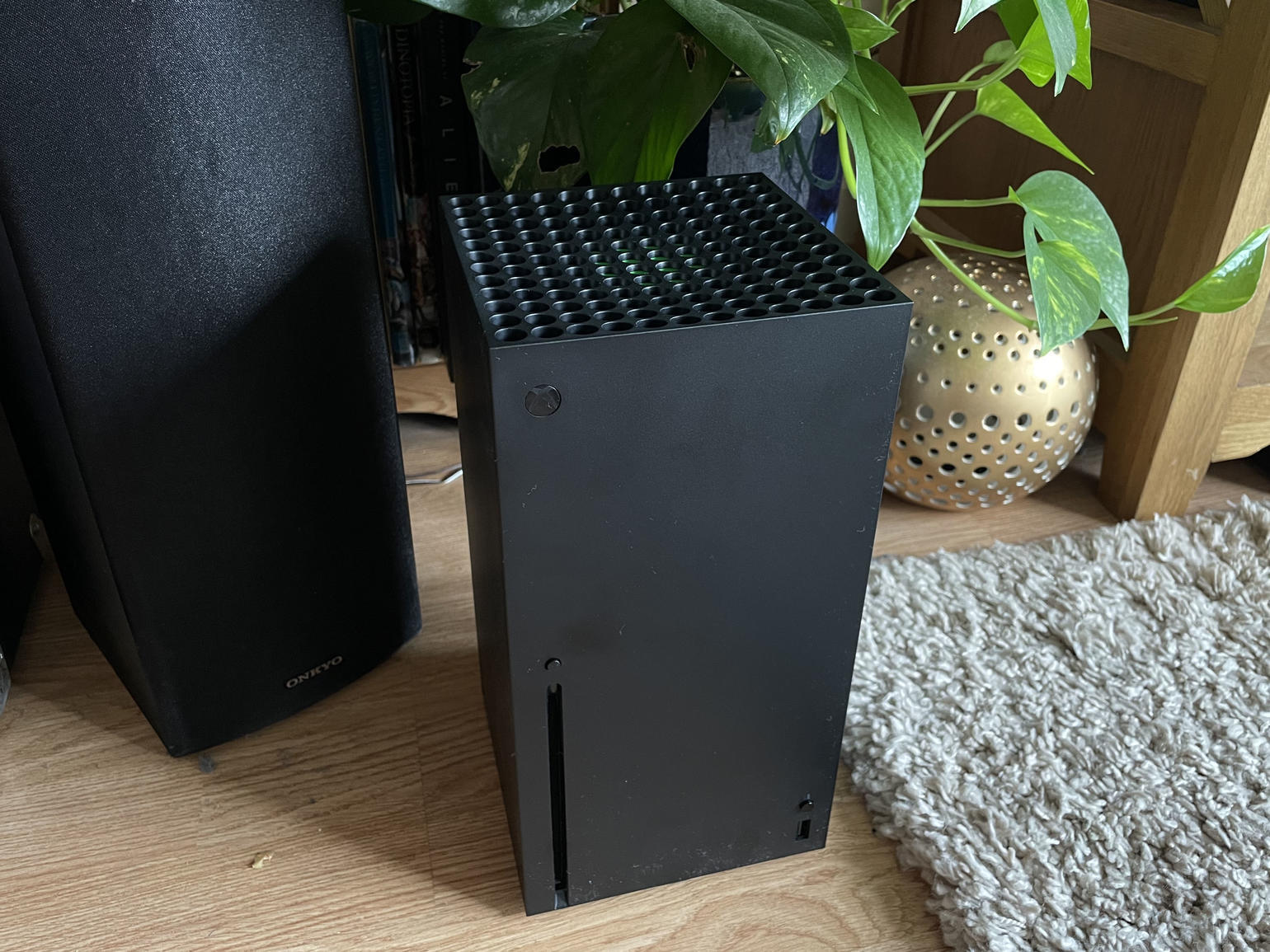 Microsoft’s Series X is one solid block of gaming hardware — it’s been compared to a fridge, to the point that Microsoft made an actual fridge for a certain cooking show celebrity (we’re talking Snoop Dog, not Gordon Ramsay) that looks like an Xbox Series X. And it’s huge — it measure 15 x 15 x 30 cm and weighs almost 4.5kg. It’s not quite as tall as the PS5, but it is still rather bulky.
Microsoft’s Series X is one solid block of gaming hardware — it’s been compared to a fridge, to the point that Microsoft made an actual fridge for a certain cooking show celebrity (we’re talking Snoop Dog, not Gordon Ramsay) that looks like an Xbox Series X. And it’s huge — it measure 15 x 15 x 30 cm and weighs almost 4.5kg. It’s not quite as tall as the PS5, but it is still rather bulky.
It comes across almost like a compact PC (like the recently-unveiled Razer Tomahawk), only it’s not quite as modular as a traditional computer. There’s a touch of light, in Xbox green, around the console but it’s also packing a bunch of ports. HDMI 2.1 is essential for maxing out the console’s frame rate but there’s also three USB 3.1 ports, an Ethernet, power and then a slot for Seagate’s 1TB expansion drives made specially for the console. Each port also includes markings in Braille — Microsoft’s been making its consoles more and more accessible and this is a logical step.
The controller is definitely an Xbox controller — it still needs batteries and it looks similar to the last generation’s gamepad. But there’s an updated D-pad, the trips and triggers have been retextured and there’s a new share button. But if you’re emotionally attached to your old hardware, your Xbox One controllers work with the new console.
Equipment upgrade needed
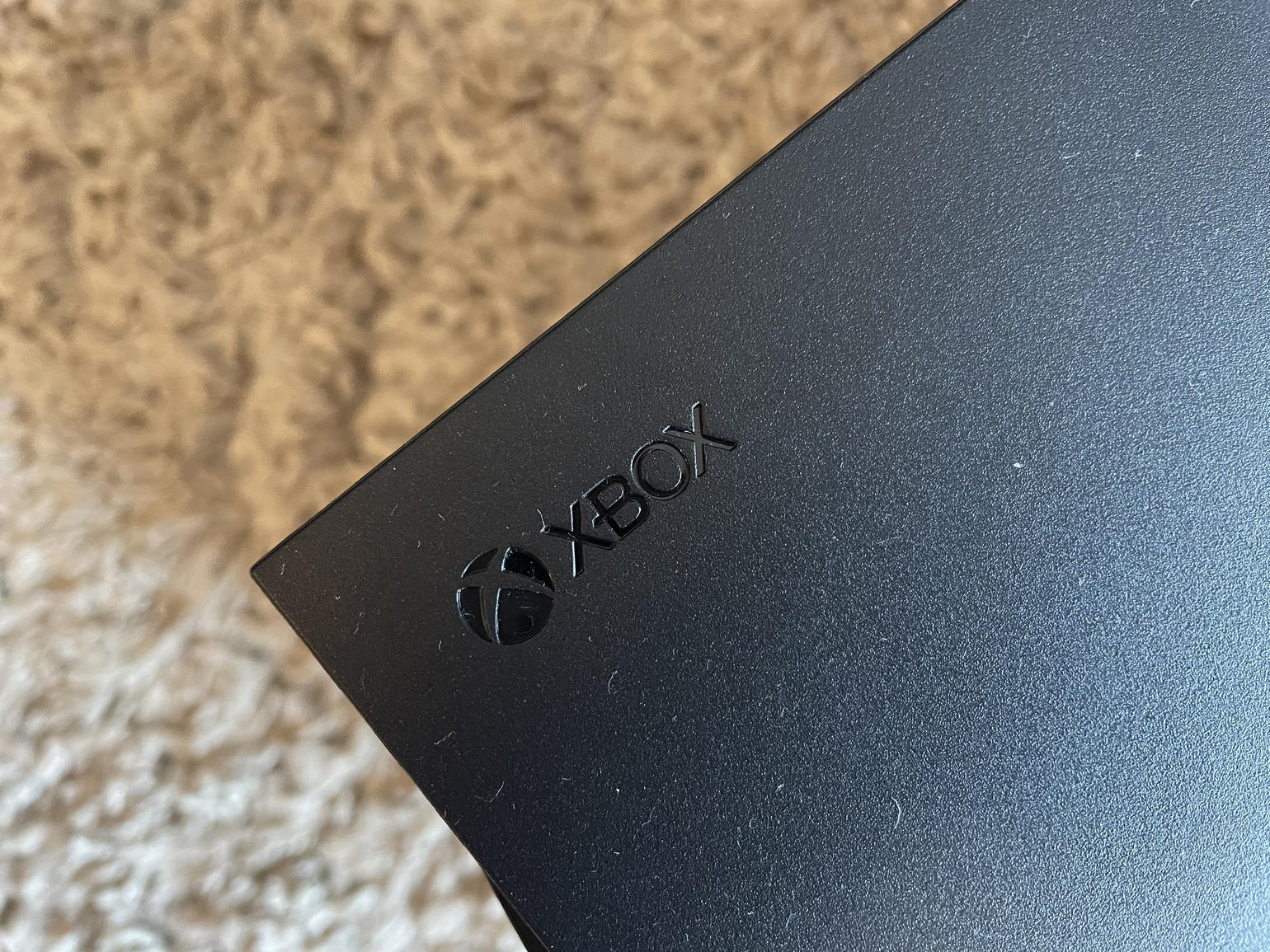 Here’s the thing. If you don’t have a 4K HDR TV and you don’t have any plans to get one in the near future, don’t bother with the Xbox Series X. If you’re still using a basic 4K screen, or a plain ole HD panel, for your gaming them either stick with your Xbox One or pick up an Xbox Series S. The latter is as capable, but outputs at a lower resolution.
Here’s the thing. If you don’t have a 4K HDR TV and you don’t have any plans to get one in the near future, don’t bother with the Xbox Series X. If you’re still using a basic 4K screen, or a plain ole HD panel, for your gaming them either stick with your Xbox One or pick up an Xbox Series S. The latter is as capable, but outputs at a lower resolution.
But there’s also Microsoft’s claims of 120Hz support. To enable that, you need a TV that supports HDMI 2.1 (which’ll give you a 120Hz refresh rate at 4K and 60Hz at 8K — both items the Series X supports). You’ll need a TV from 2020 — but do your homework before hand. Something like the LG CX or Samsung’s Q80T or Q90 will serve you there. If your existing TV only supports HDMI 2.0, it’ll still hit 60fps at 4K and it’ll look awfully good doing so. Don’t upgrade your TV just for the console but if you’re looking to switch to new hardware, make sure you’ve got HDMI 2.1 in the back.
Need for speed
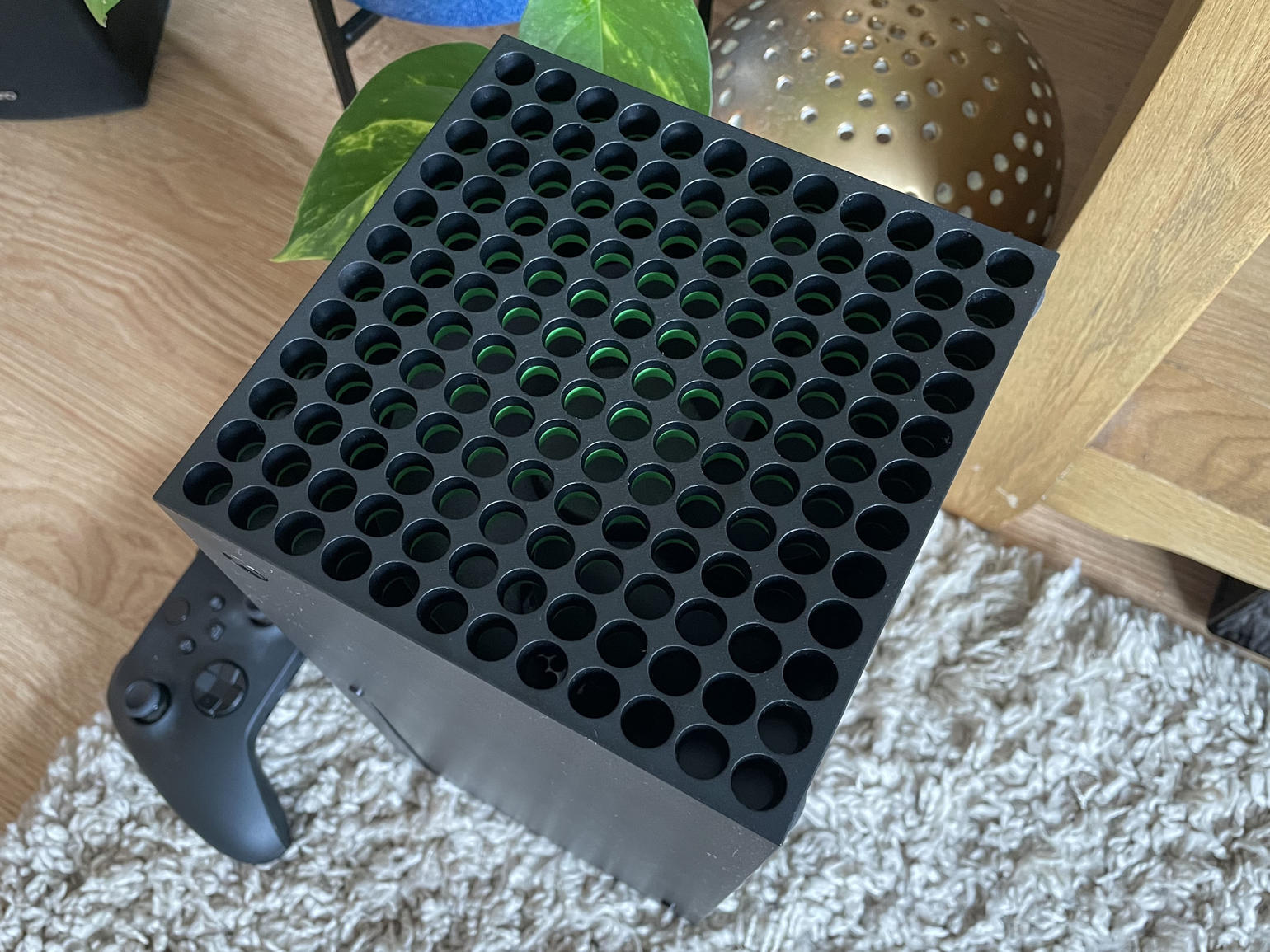 The Series X uses a custom system-on-chip incorporating an AMD Zen 2 and an RDNA 2 GPU, aling with 16GB of GDDR6 RAM. It’s supposed to be four times as quick as the Xbox One X, pumping out about 12 teraflops of graphics-processing power. Which, if you’re paying attention to numbers, is more than the PlayStation 5 can manage. The chip facilitates variable rate shading (VRR), auto HDR and raytracing, a graphics technology that you’ll hear a lot about in the next few years. And there’s also a 1TB NVMe SSD inside, of which you’ll have about 800GB available for use.
The Series X uses a custom system-on-chip incorporating an AMD Zen 2 and an RDNA 2 GPU, aling with 16GB of GDDR6 RAM. It’s supposed to be four times as quick as the Xbox One X, pumping out about 12 teraflops of graphics-processing power. Which, if you’re paying attention to numbers, is more than the PlayStation 5 can manage. The chip facilitates variable rate shading (VRR), auto HDR and raytracing, a graphics technology that you’ll hear a lot about in the next few years. And there’s also a 1TB NVMe SSD inside, of which you’ll have about 800GB available for use.
In terms of audio, the Series X supports Dolby Atmos and DTS:X — hopefully your TV and speakers are up to the job.
In more practical terms, the Series X’s SSD and CPU are massively quick. Load times are cut to a matter of seconds — firing up a game will see you with enough time to check your latest notifications, rather than enough to head off and make a cup of coffee. You’re going to get used to this kind of speed, rather quickly. And that says nothing of Quick Resume, which is made possible by the new SSD. Quick Resume lets you resume games where you left them, without having to wait to boot the game up. Swap between several titles with almost zero lag just once and you’ll fall in love.
The Series X also features extensive backwards compatibility — Microsoft’s making 360 and original Xbox games compatible with the console and Xbox One titles are also (and obviously) supported. But they’re also all better looking than before. Expect smoother frame rates, quicker load times, as well as better resolution and HDR for games that previously didn’t support it. If you’re not super keen on the launch roster, you’ll get a lot of playtime from Microsoft’s library. And then there’s Smart Delivery, which will see your library being automatically updated for the console you’re using it for — this is a tech that’ll stick around for a while. Right now, just a handful of games are optimised for the latest crop of hardware.
Long story short? The Series X is tremendously powerful but its potential as a games console will only really be seen later, when higher-end titles launch and when older games are more extensively upgraded for the admittedly excellent hardware. But you’ll still love the speed boosts and quick launch capabilities. Those will become an essential very quickly indeed.
Everybody will Pass
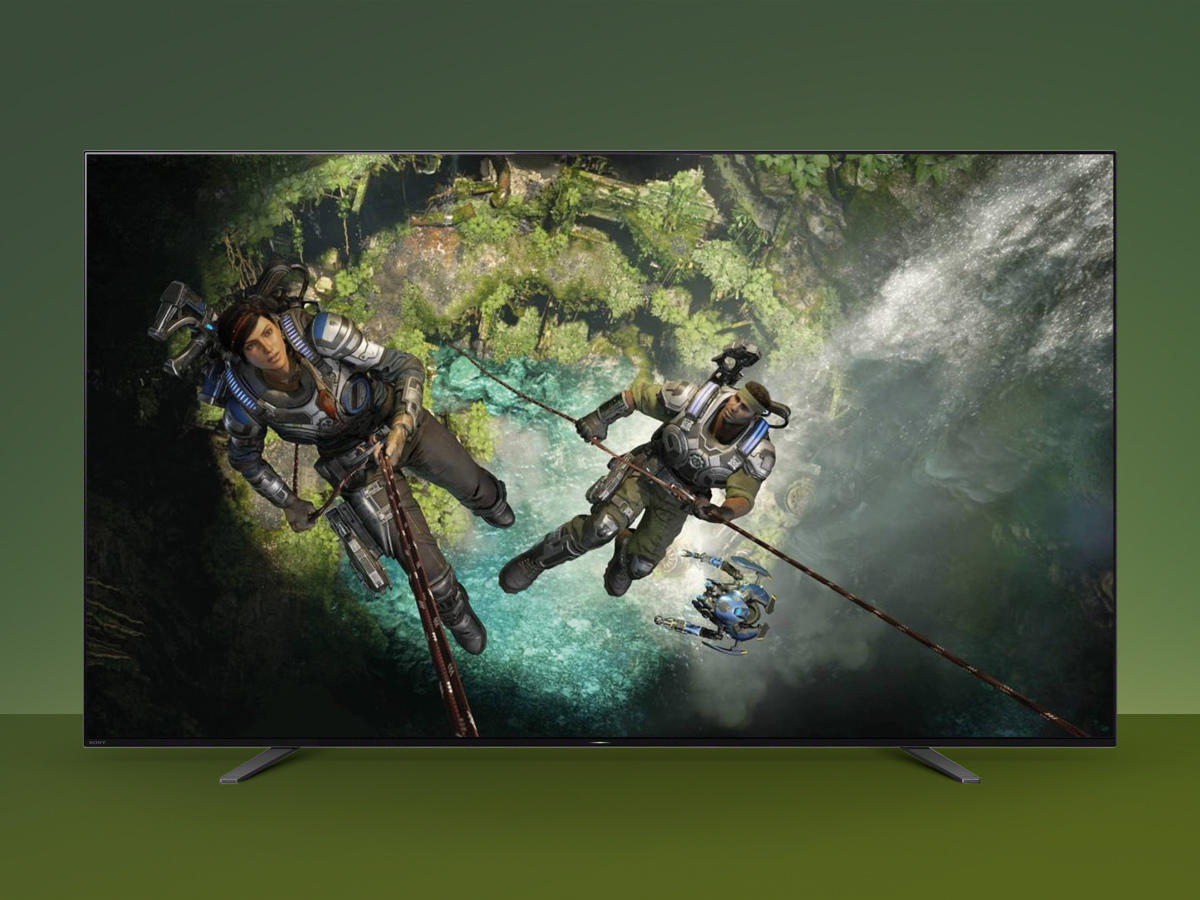 It’s unavoidable, though — the Xbox Series X launching without a headline exclusive is a bit mystifying. The launch roster of about 30 titles only includes a handful of new games. Most of them are more than a year old. Microsoft’s previous-gen headliners like Gears 5 and Forza Horizon 4 are optimised for the Series X, but they’re not Halo Infinite. That’s the game that was supposed to blow us away. Nor are the other third-party launch titles, as good as they may be.
It’s unavoidable, though — the Xbox Series X launching without a headline exclusive is a bit mystifying. The launch roster of about 30 titles only includes a handful of new games. Most of them are more than a year old. Microsoft’s previous-gen headliners like Gears 5 and Forza Horizon 4 are optimised for the Series X, but they’re not Halo Infinite. That’s the game that was supposed to blow us away. Nor are the other third-party launch titles, as good as they may be.
But it doesn’t matter all that much. Microsoft has Game Pass, which is as close as you can get to Netflix while still being all about video games. There are various tiers of the service but Game Pass Ultimate gives users more than 100 titles to play. That’s one heck of a saving on games. Especially when you consider that every first-party Microsoft game is on the service from launch. And EA Play, Electronic Arts’ equivalent, was recently folded into the service as well. Plus, Microsoft recently acquired Bethesda and is big on its backwards compatibility — all of which are compelling reasons to get your hands on the console. Even if you don’t really need to. Game Pass works just as well on the Xbox One X.
Microsoft Xbox Series X Verdict
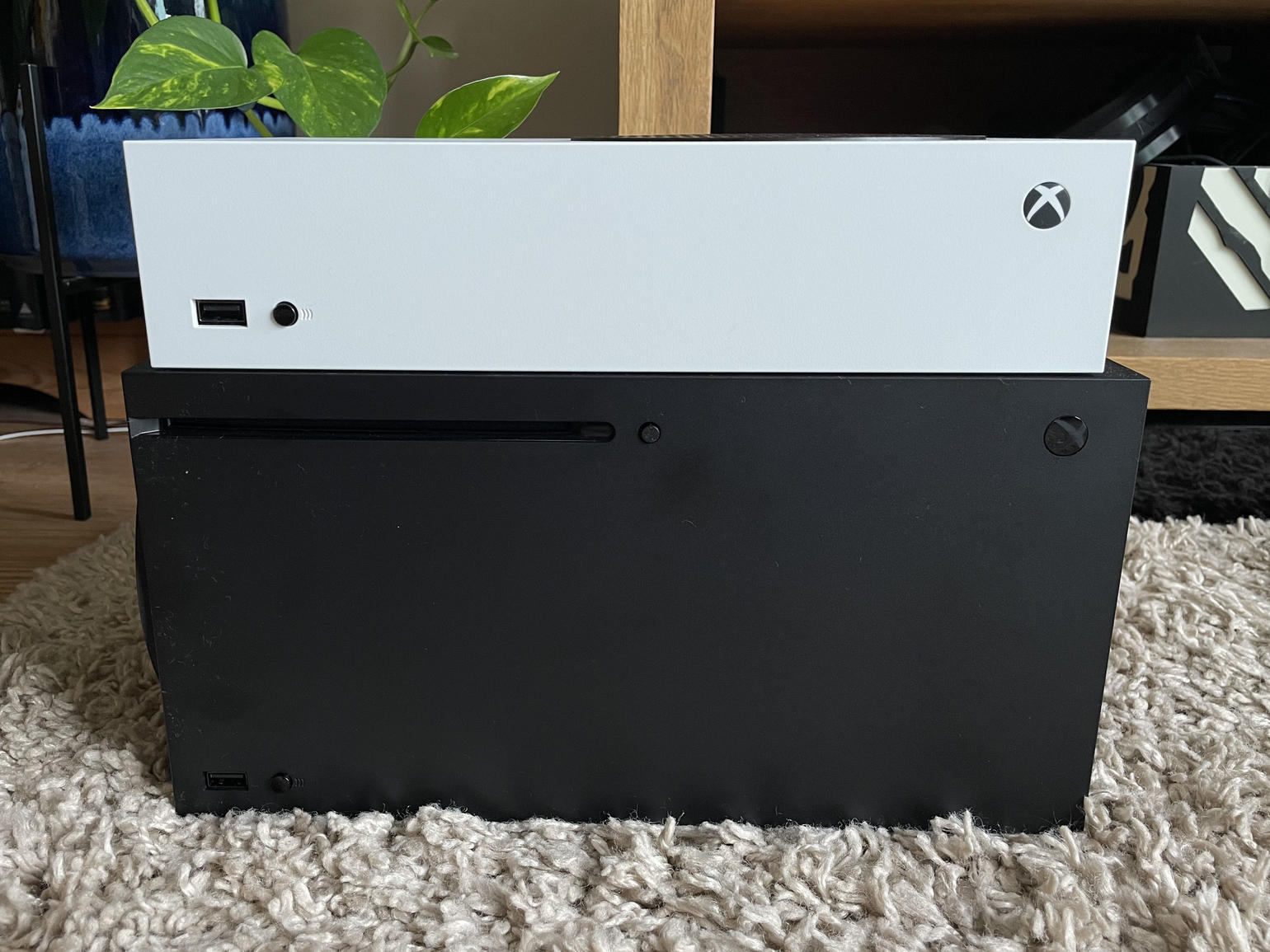 At the moment it seems more like we’re only just seeing the Xbox Series X’s potential — a taste of what it can do. There are too few games this early in the cycle properly optimised for the consoles, meaning we can’t really see what it can do. But a few more games down the review chute and we’ll have a clearer answer about what the Series X is capable of.
At the moment it seems more like we’re only just seeing the Xbox Series X’s potential — a taste of what it can do. There are too few games this early in the cycle properly optimised for the consoles, meaning we can’t really see what it can do. But a few more games down the review chute and we’ll have a clearer answer about what the Series X is capable of.
Right now the fantastic load times, the joy that is Quick Resume and Microsoft’s upscaling of older titles are all highlights of the console but we’d like to see the same sort of attention paid to a roster of launch titles. Those’ll be along soon enough, though, and that’s when we expect the Series X to really shine.
Right now, you don’t need to own the Series X. The Xbox Series S is a solid upgrade to the Xbox One S if you’re just after a better console than the one you have — but you don’t even have to upgrade right now. Microsoft’s Game Pass is one heck of a deal, gaming-wise, even if you’re on the old generation of Microsoft’s hardware. The Series X is more of an evolution for the console, albeit a powerful one. We’re super-keen to see what it can really do.




